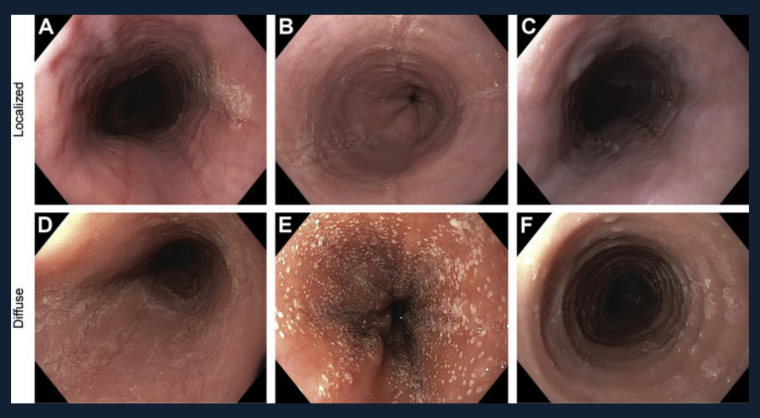Over the past 3 decades, eosinophilic esophagitis (EoE) transformed from a little-known condition to a well-characterized disease often encountered in clinical practice. The Index of Severity for EoE (I-SEE) is now available for you to use as a tool to help assess EoE patients. Developed by a multidisciplinary team of experts, the new tool is now published in Gastroenterology.
Details about I-SEE
- The I-SEE has three domains: (1) symptoms and complications, (2) inflammatory features and (3) fibrostenotic.
- I-SEE can be used at initial diagnosis and then at each subsequent visit, with the recall being only between visits so that the severity can be assessed over time and ultimately (when data supports this step) treatment and monitoring adjusted based on severity.
- As the number of children and adults with EoE increases worldwide, a simple system to assess and track disease activity in a meaningful way in a clinical setting is needed.
- I-SEE is for use in adult and pediatric patients with EoE. It was created by an international team of more than 30 experts in allergy, gastroenterology and pathology.
Visit our EoE patient center page for more information to share with your patients.
Grant support
This virtual EoE: Expand, Optimize, Excel Disease Severity Consensus Conference was supported by a grant from Takeda Pharmaceuticals U.S.A., Inc. This conference was also funded in part by the Division of Intramural Research, NIAID/NIH, and supported by CEGIR (U54 AI117804). All activities and products resulting from this conference were independently developed with no involvement or input from the funder. All intellectual property has been created and developed on behalf of the AGA and is public domain.













